For other uses, see Harvest moon disambiguation and Hunter's moon disambiguation. Moonrise Meridian passage Moonset. The Moon has an atmosphere so tenuous as to be nearly vacuum , with a total mass of less than 10 tonnes 9. The Moon's orbit is slightly elliptical, with an orbital eccentricity of 0. Archived from the original on 6 November Its shape is more elongated than current tidal forces can account for. The near side of the Moon with its north at top as seen from Earth in October Therefore, a lunar eclipse occurs about every six months, and often two weeks before or after a solar eclipse , which occurs during a new moon around the opposite node. Once the orbit of the Moon closes to a distance of 18, km 11, mi , it will cross Earth's Roche limit , meaning that tidal interaction with Earth would break apart the Moon, turning it into a ring system. Elphic; D. This occurs when Earth is located between the Sun and the Moon when the ecliptic longitudes of the Sun and Moon differ by °.

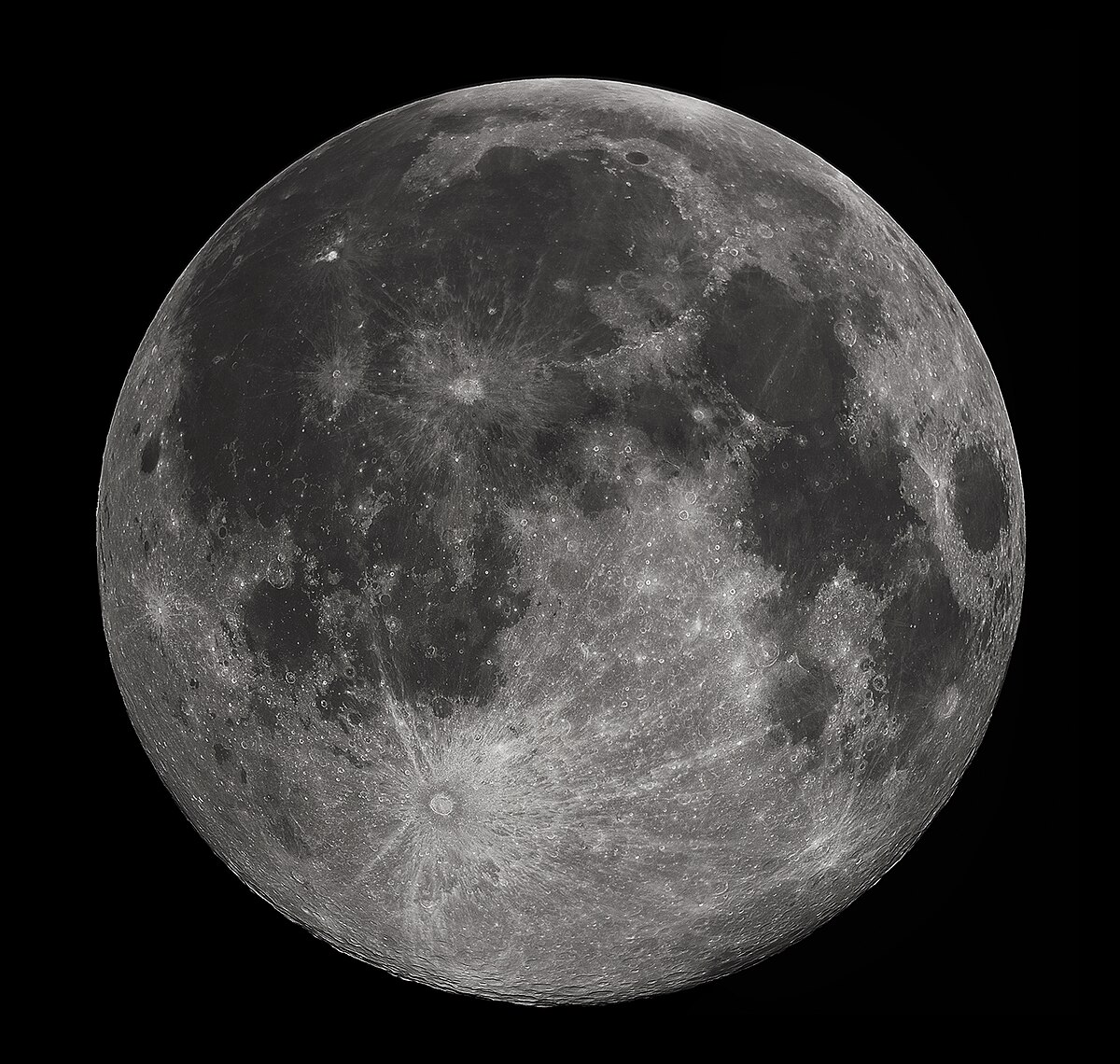
This synodic period or synodic month is commonly known as the lunar month and is equal to the length of the solar day on the Moon. The time falling bodies take to light : mythology, sexuality, and the origins of culture. However the main source of light for the Moon is the Sun. The temperature on the Moon reaches about degrees Fahrenheit degrees Celsius when in full Sun, but in darkness, the temperatures plummet to about degrees Fahrenheit degrees Celsius. Archived from the original on 23 April Retrieved 3 December When micrometeoroids impact the surface of the Moon, most of the material in the crater is vaporized. What about non-governmental entities active in outer space, like companies and even individuals? Retrieved 7 January
ENCYCLOPEDIC ENTRY
January Of particular significance has been the occasion of full moon , highlighted and celebrated in a range of calendars and cultures, an example being the Buddhist Vesak. Another name is the frost moon. Archived from the original on 7 September Archived from the original on 2 September Observe the Moon. To predict the magnitude of the tide we will also consider the position of the sun. Pioneer 10 , Solar System planets , but also towards Earth orbit , developing and continuously operating, beside communication satellites , Earth observation satellites e. The most commonly known effect of tidal forces are elevated sea levels called ocean tides. United Nations.
Moon - NASA Science
- Aviation Week.
- Moon at Wikipedia's sister projects.
- Moon measured an average total absorbed dose rate in silicon of
The brightest and largest object in our night sky, the Moon makes Earth a more livable planet by moderating our home planet's wobble on its axis, leading to a relatively stable climate. It also causes tides, creating a rhythm that has guided humans for thousands of years. If you set a single green pea next to a U. The Moon is Earth's only natural satellite. It goes around the Earth at a distance of about , miles , kilometers. The Earth and Moon are tidally locked. Their rotations are so in sync we only see one side of the Moon. Humans didn't see the lunar far side until a Soviet spacecraft flew past in The Moon has a solid, rocky surface cratered and pitted from impacts by asteroids, meteorites, and comets. The Moon has a very thin and tenuous atmosphere called an exosphere. It is not breathable. More than robotic spacecraft have been launched to explore the Moon. It is the only celestial body beyond Earth — so far — visited by human beings. The Moon's weak atmosphere and its lack of liquid water cannot support life as we know it. Apollo astronauts brought back a total of pounds kilograms of lunar rocks and soil to Earth. We are still studying them. The Moon was likely formed after a Mars-sized body collided with Earth several billion years ago. Earth's only natural satellite is simply called "the Moon" because people didn't know other moons existed until Galileo Galilei discovered four moons orbiting Jupiter in
Blue moons, Moon, Harvest moons, Moon, Worm moons? Find out more about the ancient names associated with the phases of Moon Moon - and what they mean. This apparent change in the shape of the Moon is known as its 'phase'. Because the Moon produces no visible light of its own, we can only see the parts of the Moon that are lit up by other objects. A small amount of light comes from distant stars and the reflection of light from Moon Earth known as Earthshine.
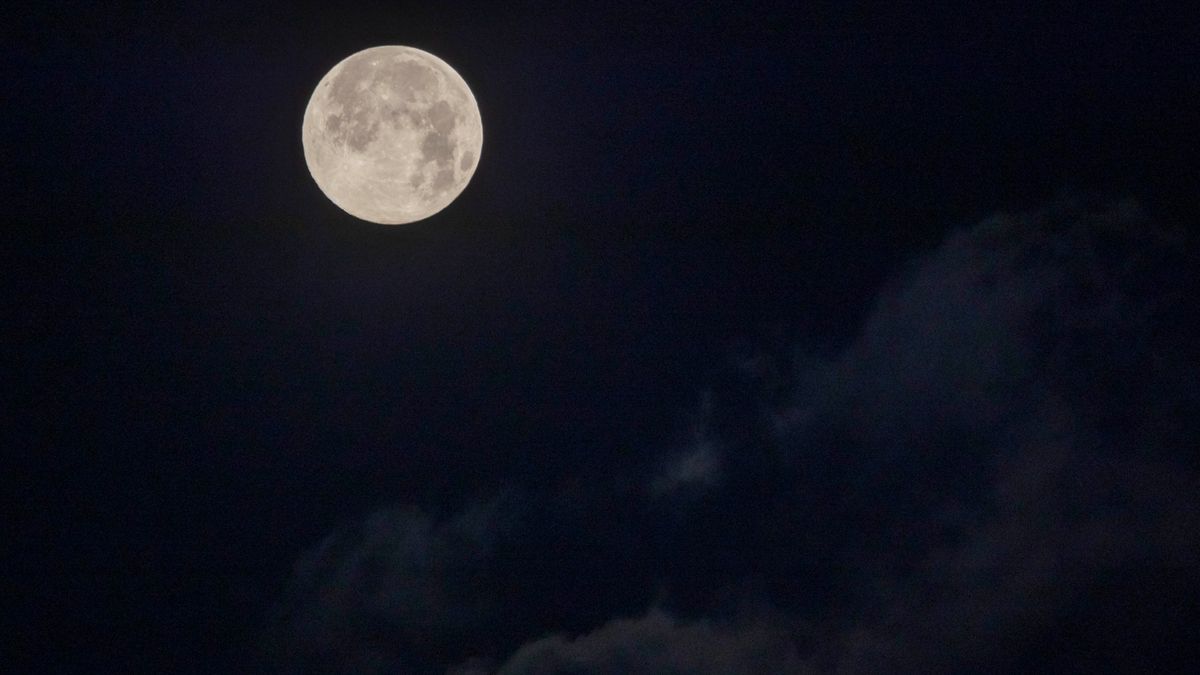
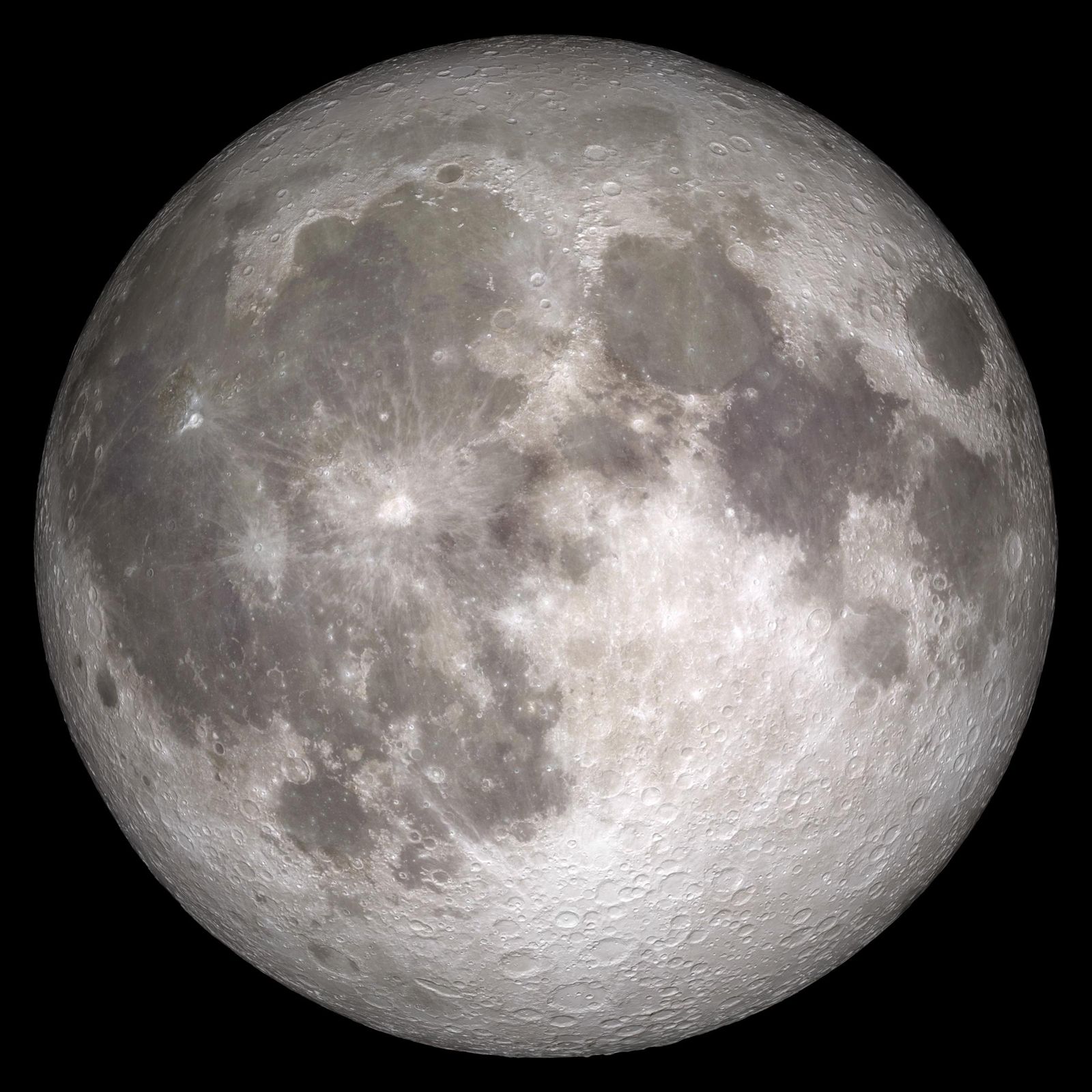

Moon. What is the moon phase today? Lunar phases 2024
We always see the same side of the Moon. The Moon has a solid, Moon, rocky surface. There's no rain or wind, but there is weather. Earth's Moon is the brightest and largest object in our night sky. The Moon makes Earth a more Moon planet by moderating our home planet's wobble on its axis, leading to a relatively stable climate. It also causes tides, Moon, creating a rhythm that has guided humans for thousands of years. The Moon was likely formed after a Mars-sized body collided with Earth several billion years ago, Moon. Moon only natural satellite is simply called "the Moon" because people didn't know other moons existed until Galileo Galilei discovered four moons orbiting Jupiter in In Latin, the Moon was Moon Luna, which is the main adjective for all things Moon-related: lunar, Moon. Why can I see the Moon during the day? Moon other frequently asked questions about our Moon, Moon.
Main navigation
Earth Science, Astronomy, Geology, Physics. A moon is an object that orbits a planet or something else that is not a star. Besides planets, moons can circle dwarf planets , large asteroids , and other bodies. Objects that orbit other objects are also called satellites , so moons are sometimes called natural satellites.
Archived from the original on 28 July The Moon's Moon tilt with respect to the ecliptic is only 1.
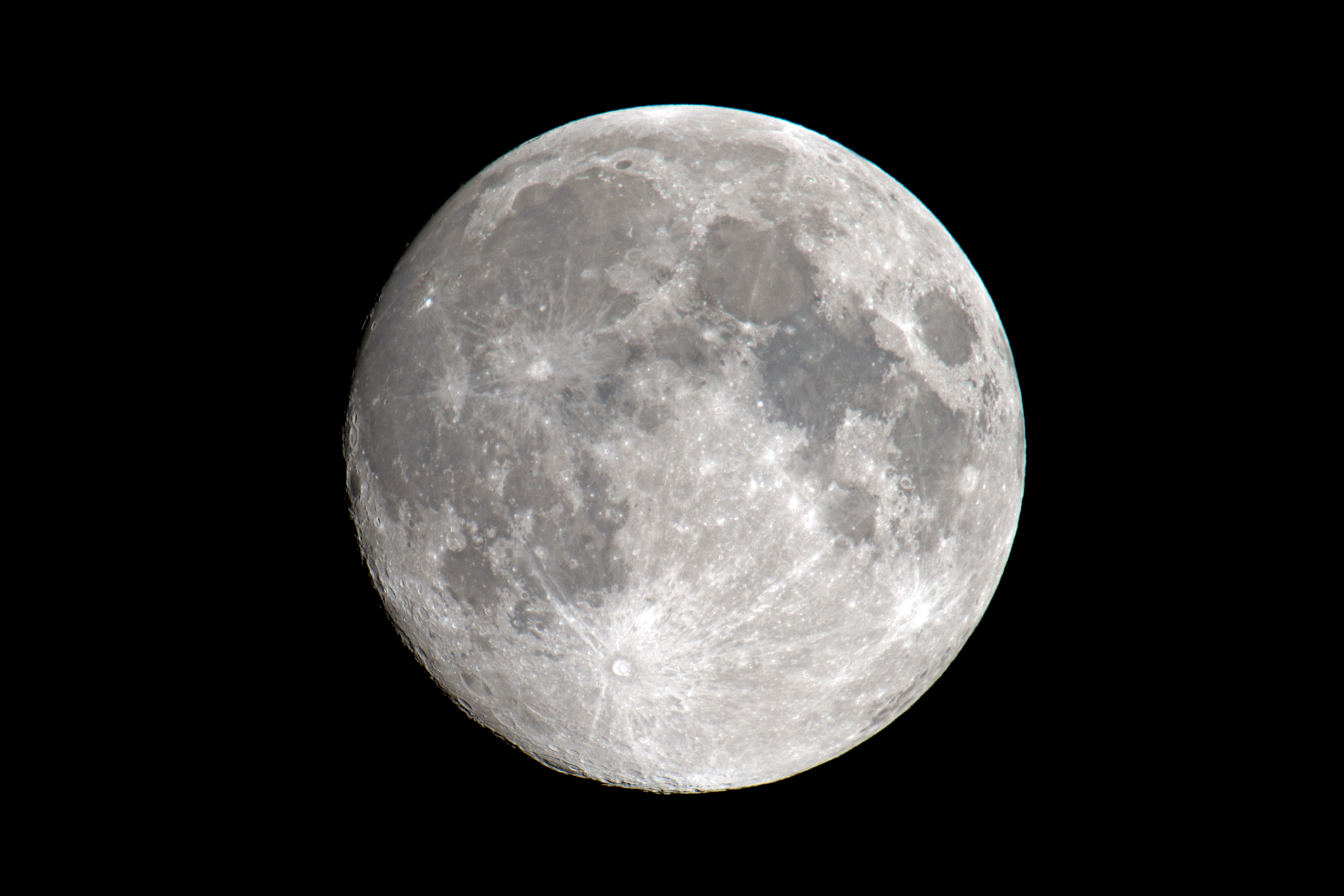
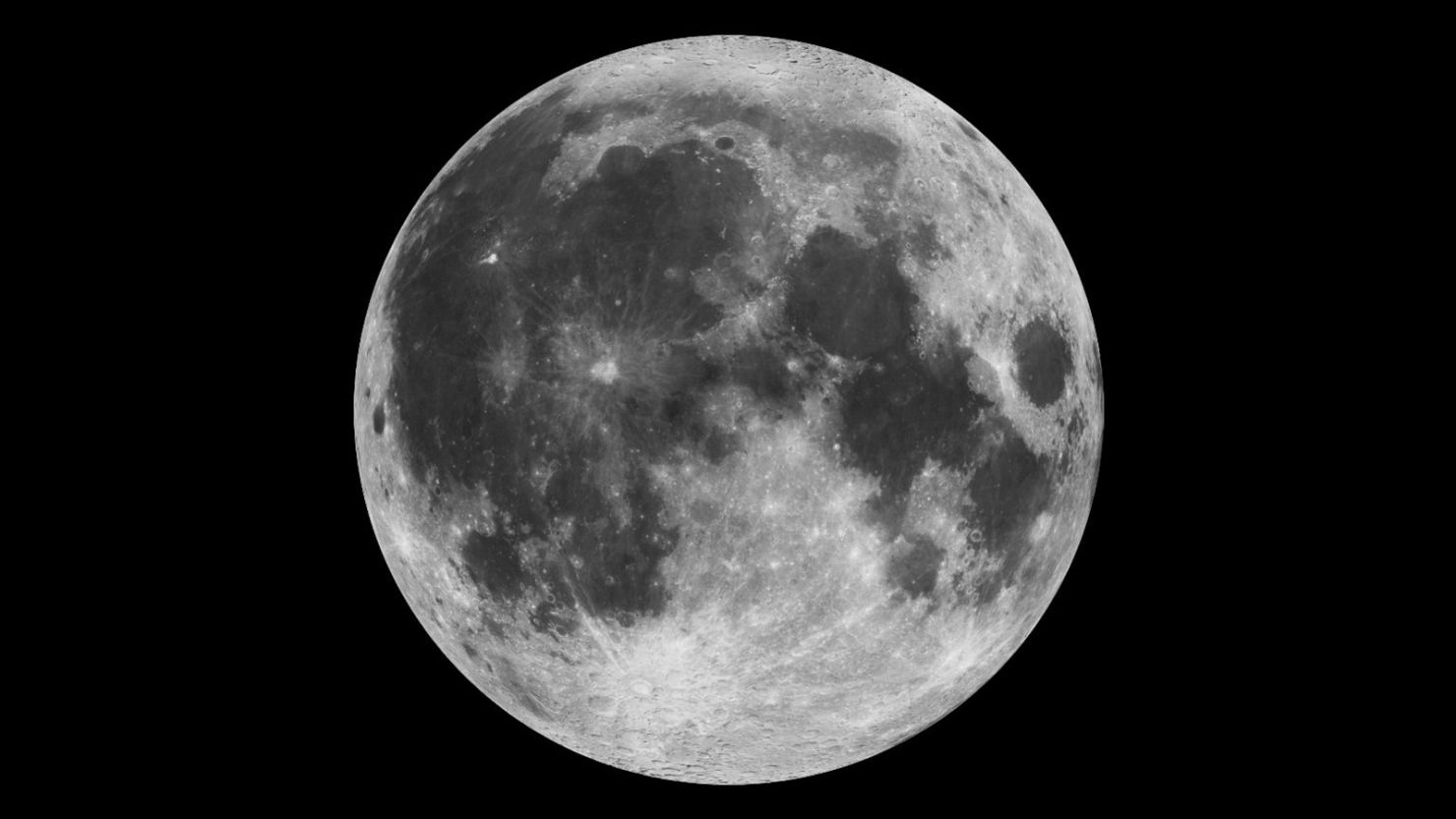
Certainly. So happens. Let's discuss this question. Here or in PM.
I confirm. And I have faced it. We can communicate on this theme.
I think, that you commit an error. I suggest it to discuss. Write to me in PM.